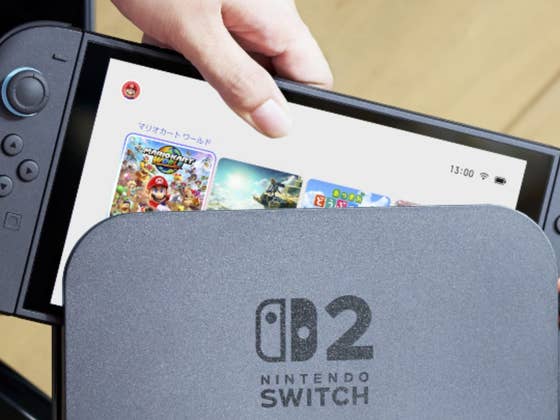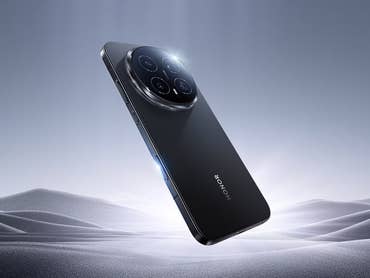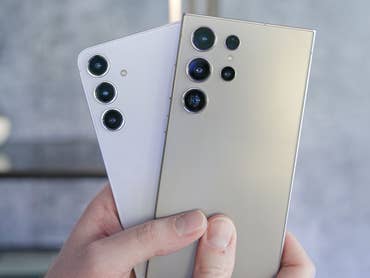Nintendo really lucked out with the release of the Switch 2. The console is flying off the shelves despite increased game prices and barely any titles being available for the console thus far. And while the console did not ship with many exclusive games, it came with its fair share of controversies. One of these concerns the console’s USB-C port, and although the issue has been known for months, a recent video by Linus Tech Tips sparked a fresh debate. So what’s behind Nintendo’s USB-C port drama, and why are so many people upset?
Why Your USB-C Port May Not Always Work
The Nintendo Switch 2 comes equipped with two USB-C ports. One is located on the bottom, and one is on top of the console. Both ports can be used for charging, while the bottom one also connects to the dock, whereas the one on top provides space for accessories.
So far, so good. In recent months, however, many have pointed out that certain third-party accessories and cables just don’t seem to work with their consoles. And while some compatibility issues are to be expected, given how many devices use USB-C, there seems to be more to it in the case of the Nintendo Switch 2.
According to the aforementioned video and an article by The Verge, Nintendo may intentionally be locking down its console’s ports. Whether that be through sheer laziness or with malicious intent is unclear. In essence, Nintendo is using a form of encryption to make sure that its console is connected to another Nintendo device before establishing a connection. This is why certain third-party devices are unable to correctly connect to the console, resulting in them not functioning properly or at all.
While this is, of course, a simplification of the issue, the result remains the same. Nintendo has, whether intentionally or not, designed a USB-C port that can recognize and reject accessories by third-party manufacturers. And since Nintendo is a major player in the tech industry, this could have consequences that affect not just those who won a Switch 2, but everyone who uses tech.
A Step Back to Proprietary Tech
Not long ago, people asking for a phone charger would always have to specify whether they used an iPhone or an Android device. Now, both phones use the same USB-C port, which is great for consumers. This universal compatibility means that you are no longer forced to buy an authorized cable specifically designed for your phone, which usually costs a lot more. Now, if you prefer, you can opt for the most affordable option available.
What Nintendo has done with its USB port is take a step back in time to when each manufacturer adhered to its own proprietary technology. This could negatively impact third-party manufacturers and players, who will likely have to pay significantly more for the materials they use.
According to the article by The Verge, some third-party manufacturers have given up on projects altogether due to Nintendo making things more difficult than they should be. And while some were able to achieve compatibility through updates, Nintendo could potentially implement software updates on its end that result in a constant game of cat and mouse.
Externen Inhalt erlauben
Ich bin damit einverstanden, dass externer Inhalt geladen wird. Personenbezogene Daten werden womöglich an Drittplattformen übermittelt. Nähere Informationen enthält die Datenschutzerklärung.What If…?
Let’s assume for a moment that this was an intentional move on Nintendo’s part, which, just as a reminder, we can’t prove. If it were, however, it could have several consequences. The most obvious is that Nintendo could essentially “force” third-party manufacturers into an expensive licensing program. It could also mean that players are stuck with official Nintendo accessories, which gives Nintendo complete control over pricing due to the lack of competition.
If we take it one step further, other tech giants could try to copy what Nintendo is putting down. This could, in a worst-case scenario, result in a new wave of incompatibility and proprietary tech. Imagine that you now have to make sure that each of your USB-C devices is connected to the corresponding USB-C cable by the same manufacturer. You would no longer be able to use one dock across many devices, despite the port seemingly being the same.
This is, of course, just a worst-case scenario that will hopefully never come to be. But it is, in any event, scary to think about the direction in which Nintendo is evolving. A company that was once beloved by gamers is quickly turning into a greedy monster that continues to operate in anti-consumer ways. Where Nintendo once stood for passion and great games, it has now managed to soil that reputation, potentially beyond repair.
What is your opinion on Nintendo? Do you think this USB-port drama was caused accidentally, or could there be malicious intent behind it? Let me know in the comments below!




